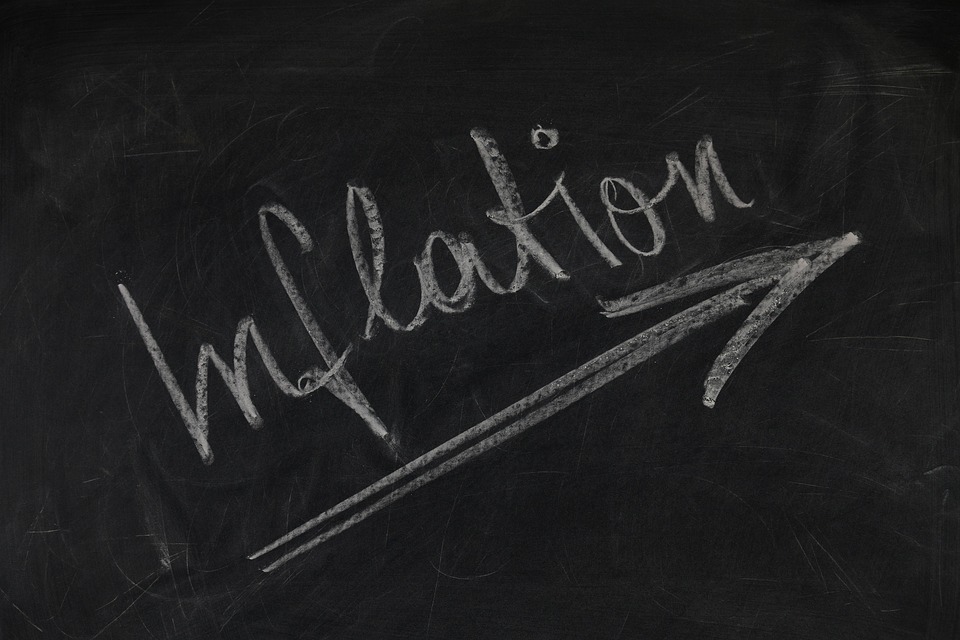Inflation: Slowly The Middle-Class Dies

That is where we are today. The Federal Reserve has used its tools to lock inflation into our lives for some time to come. For most citizens, our major challenge today is to fight the rise in prices for consumables that matter most to us: food, housing, clothing, and transportation.
Over the past 5 years, the government’s official measurement—the Consumer Price Index (CPI)—shows a cumulative increase of about 20 percent. A visit to the store by any consumer, however, tells a much different story. We see price jumps much more than the 20 percent CPI. It is common to see some items jump 30 percent or more, and that continues in 2025.
Frank Shostak, in his article “Inflation Is Not Price Increases. Inflation Causes Price Increases,” states, “Despite its popularity, the idea of a consumer price index (CPI) is flawed. It is based on the view that it is possible to establish an average of prices of goods and services, which is not possible.” The article continues, “Inflation is not caused by the actions of private citizens, but by the government: by an artificial expansion of the money supply required to support deficit spending.”
From a money supply perspective, the biggest government boondoggle ever was during covid, when $6 trillion fiat dollars were injected into the existing $15 trillion dollar money supply. Effectively, this influx of cash increased dollars used in trade for each citizen from $50,000 in 2020 ($15 billion dollars/288 million citizens) to $75,000 in 2022 ($21 billion dollars/291 million citizens). With a 50 percent increase of money in the hands of buyers, price inflation is axiomatic.
In 2022, the Fed decided to aggressively fight inflation by increasing the federal funds rate (FFR) from a low between 0.0-0.25 percent in March 2020 to 5.00 percent—5.25 percent in February 2023. The Fed also announced it would be embarking on a Quantitative Tightening (QT) program for 12 months starting in June 2022 allowing $1 trillion worth of securities and bonds, held as assets, to mature without replacement. This shrinks the money supply as it reduces the reserves held at the Regional Reserve Banks, which slowly reduces the amount of loans they can make. QT began in 2022 with monthly caps of $60 billion for Treasuries and $35 billion for Mortgage Based Securities (MBS). In June 2024, the Treasury cap was reduced to $25 billion/month and in April 2025 to $5 billion/month; the MBS cap remained unchanged.
So, are these Fed tools working?
The Federal Bank of St. Louis (FRED) tracks our Money Supply (M2) as follows: M2 includes all Federal Reserve paper money and coins in circulation, all checking accounts at commercial banks, all savings deposits at banks, thrifts, and credit unions, all certificates of deposit and all shares in mutual funds held by individuals. These graphs highlight M2 during June 2020 through May 2025:
There are several observations that may be made during the 2020-2025 period:
- The huge influx of cash during and following covid, where the blue line shoots up vertically through 2022—a major cause of price inflation;
- Followed by a decrease from 5/2022 thru 10/2023 (17 months), resulting primarily from QT of $1 trillion of Fed held Securities and bonds retired;
- Followed by an increase after 10/2023 to a new all-time high in 6/2025
Why has M2 returned to an all-time high?
Remember, “Inflation is not caused by the actions of private citizens, but by the government: by an artificial expansion of the money supply required to support deficit spending.” The government continues to print fiat dollars to pay for excess spending. Even the effects of higher interest rates and QT cannot offset the newly-printed fiat dollars. It is anticipated that the federal deficit will exceed this year’s budget by another $1.9 trillion. Without further restrictive Fed policies, we can expect M2 to continue to rise; higher than $23 trillion.
Recently the Fed reduced the FFR by ¼ percent because our economy is softening. This slowing of the economy is exactly what is needed to slow inflation. So, instead the Fed lowers FFR rates? Lowering rates, plus continued government spending, ensures that price inflation will continue long into the future.
The government likes inflation because it can repay debts in increasingly-less-valuable dollars (inflated dollars). Inflation is not a concern of the elites as it represents such a small portion of their income and assets. It is the middle class that bears the burden of the inflation as it makes it increasingly difficult for wage earners to meet the needs of raising a family. With continued inflation the middle class will surely shrink.
If our government and the Fed realistically want to attack inflation, they need to be more aggressive with QT and other methods of reducing the money supply and thereby inflation. It is almost certain these measures will cause a recession. Ideally we could institute policies to control the recession—without a depression—until interest rates, the money supply, and inflation are at reasonable levels. Otherwise, fewer middle class households will be able to provide for their families.
More By This Author:
The Fed and Its “Neutral” Rates
Money Supply Fluctuations And Business Cycles
Does Economic Growth Require An Elastic Money Supply?
Mises Institute is a tax-exempt 501(c)(3) nonprofit organization. Contributions are tax-deductible to the full extent the law allows. Tax ID# 52-1263436.
Note: The views expressed on Mises.org ...
more


